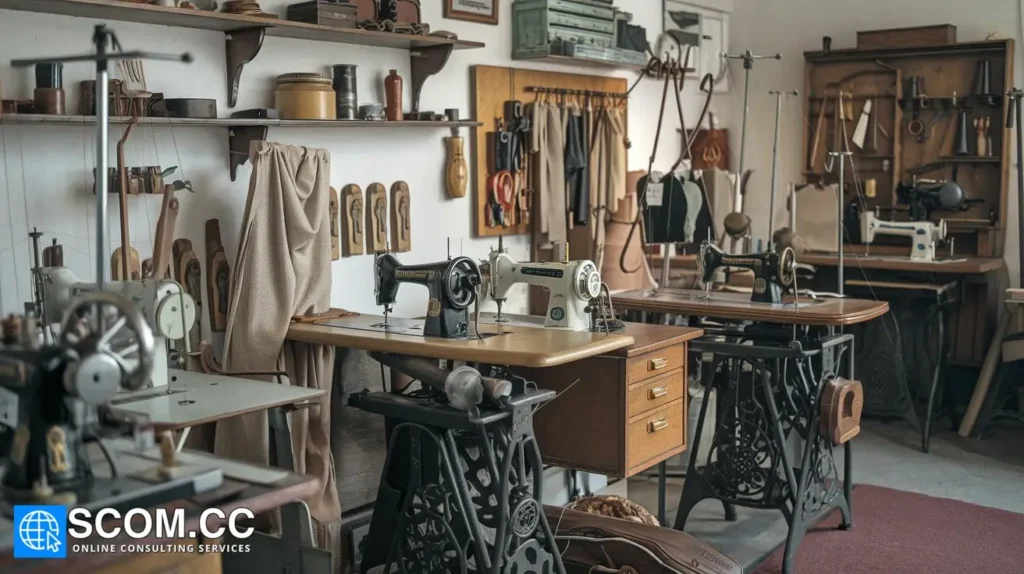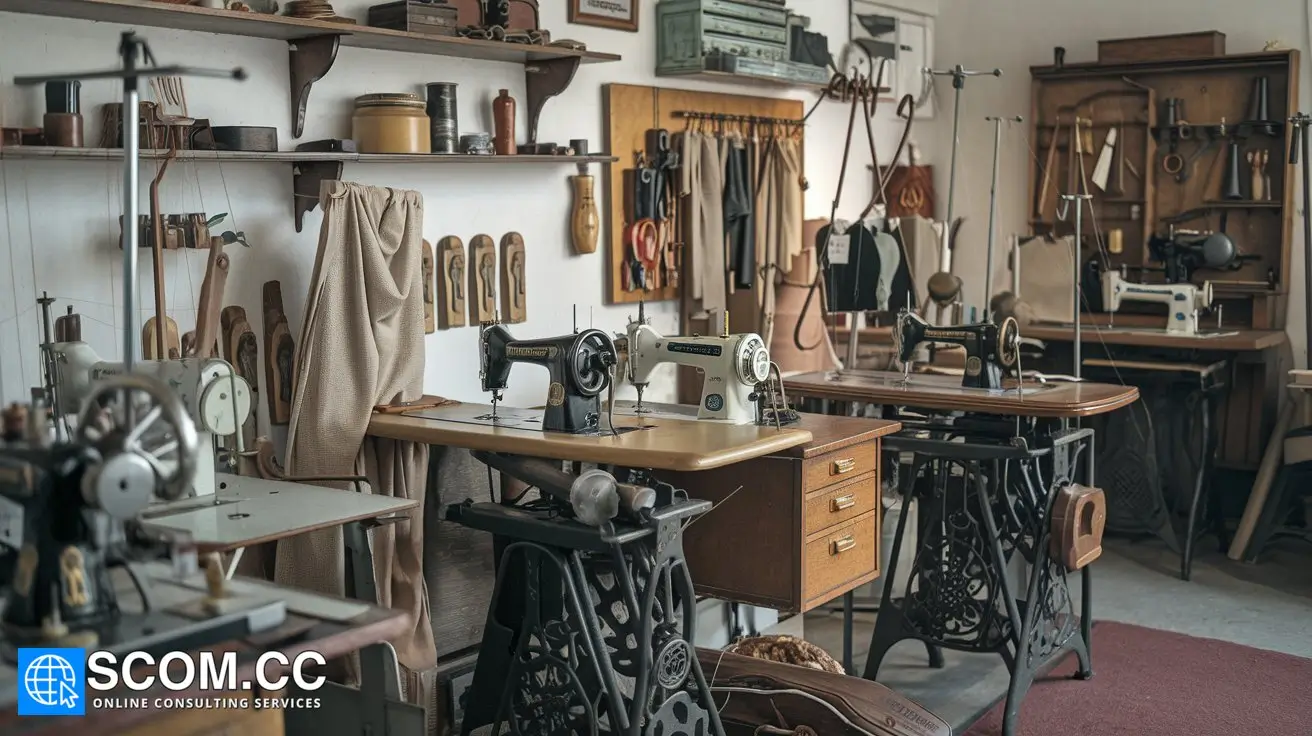The Importance of Pressing Tools in Tailoring

The Importance of Pressing Tools in Tailoring
In the art of tailoring, pressing tools play a pivotal role in achieving a polished and professional finish for garments. The process of pressing involves applying heat, steam, and pressure to fabric to remove wrinkles, shape seams, and enhance the overall appearance of a garment. This guide explores the significance of pressing tools in tailoring, detailing their various types, applications, and best practices for optimal results.
1. Understanding the Role of Pressing in Tailoring
Pressing is a crucial step in tailoring that impacts the final look and feel of a garment. Unlike ironing, which is primarily used to remove wrinkles from finished garments, pressing is an integral part of the construction process. It helps in:
1.1 Shaping and Structuring
Pressing shapes and molds the fabric into the desired form. This is essential for:
- Seam Definitions: Crisp, well-defined seams are achieved through pressing, which ensures that the garment's structure remains intact and visually appealing.
- Fitting and Contouring: Pressing helps in shaping garments to fit the body more accurately, enhancing their overall silhouette.
1.2 Fabric Enhancement
Pressing enhances the appearance and feel of the fabric by:
- Smoothing Out Wrinkles: Effective pressing eliminates wrinkles and creases that can detract from the garment's appearance.
- Setting Stitches: Pressing sets stitches in place, ensuring they do not shift or unravel over time.
2. Types of Pressing Tools and Their Uses
Several pressing tools are essential for achieving different effects and finishes in tailoring. Understanding their specific uses helps in selecting the right tool for each task.
2.1 Steam Iron
The steam iron is the most commonly used pressing tool, known for its versatility and effectiveness.
- Functions: Provides both heat and steam to remove wrinkles and set seams. Ideal for general pressing needs.
- Features: Look for features such as adjustable steam levels, temperature control, and a non-stick soleplate for optimal performance.
2.2 Pressing Ham
The pressing ham is a curved pressing tool designed for shaping and pressing curved areas of a garment.
- Functions: Essential for pressing sleeves, darts, and other curved seams. Helps in achieving precise shaping.
- Usage: Use the pressing ham to gently mold curved areas, ensuring a smooth and accurate fit.
2.3 Sleeve Board
The sleeve board is a smaller, narrow pressing surface designed for pressing sleeves and other small sections.
- Functions: Provides a compact surface for detailed pressing, making it easier to handle sleeves and narrow areas.
- Usage: Use the sleeve board to press sleeves, cuffs, and other small parts of the garment that require focused attention.
2.4 Tailor's Press
The tailor's press is a specialized tool used for pressing specific areas of the garment with precision.
- Functions: Ideal for pressing delicate fabrics and achieving detailed finishes. Provides controlled pressure and heat.
- Usage: Use the tailor's press for tasks such as pressing pleats, tucks, and other intricate details.
2.5 Clover Mini Iron
The Clover mini iron is a compact pressing tool that offers precision and versatility.
- Functions: Ideal for small-scale pressing tasks and detailed work on delicate fabrics. Provides fine control over heat and steam.
- Usage: Use the mini iron for tasks requiring close attention to detail, such as pressing small appliqués or trims.
3. Best Practices for Effective Pressing
To achieve the best results with your pressing tools, follow these best practices:
3.1 Proper Temperature Settings
Always adjust the temperature settings on your pressing tools according to the type of fabric you are working with. Consult fabric care labels to determine the appropriate temperature range.
- Delicate Fabrics: Use lower temperatures to avoid damaging fabrics like silk or polyester.
- Heavy Fabrics: Higher temperatures may be required for materials like denim or wool.
3.2 Use of Steam
Utilize steam effectively to enhance the pressing process:
- Steam Generation: Ensure your pressing tool has a steady steam output to aid in wrinkle removal and fabric shaping.
- Steam Application: Apply steam from a distance to avoid direct contact with the fabric, which can cause damage.
3.3 Proper Technique
Employ the correct pressing techniques to achieve a professional finish:
- Press, Don't Iron: Avoid sliding the iron back and forth. Instead, press down gently and lift the iron to prevent stretching or distortion.
- Use a Pressing Cloth: For delicate fabrics, use a pressing cloth to protect the fabric from direct heat and potential damage.
3.4 Regular Maintenance
Maintain your pressing tools to ensure their longevity and effectiveness:
- Cleaning: Regularly clean the soleplate of your iron to remove residue and prevent buildup.
- Descaling: For steam irons, follow manufacturer instructions for descaling to prevent mineral deposits from affecting performance.
4. The Impact of Pressing on Garment Quality
Proper pressing not only enhances the appearance of garments but also affects their durability and overall quality.
4.1 Improved Fit and Shape
Well-pressed garments conform to the body more accurately, providing a tailored and flattering fit. Pressing helps in achieving the desired shape and structure of the garment.
4.2 Enhanced Fabric Texture
Pressing improves the texture of the fabric, making it look smooth and professionally finished. This attention to detail contributes to the overall quality and appeal of the garment.
4.3 Long-Term Durability
Consistent pressing ensures that seams and details remain intact over time, contributing to the garment's longevity and reducing the need for frequent repairs.
5. Conclusion
The importance of pressing tools in tailoring cannot be overstated. Effective pressing techniques and the use of appropriate tools play a crucial role in achieving a professional finish, enhancing the fit and appearance of garments. By understanding and utilizing various pressing tools, you can elevate your tailoring skills and ensure that every garment meets the highest standards of quality and craftsmanship.

To explore more about tailoring, visit our Blog of Tailoring. If you have any questions or need assistance, go to our contact page. Additionally, you can find more information about tailoring and consulting at this tailoring and consulting portal.

Leave a Reply